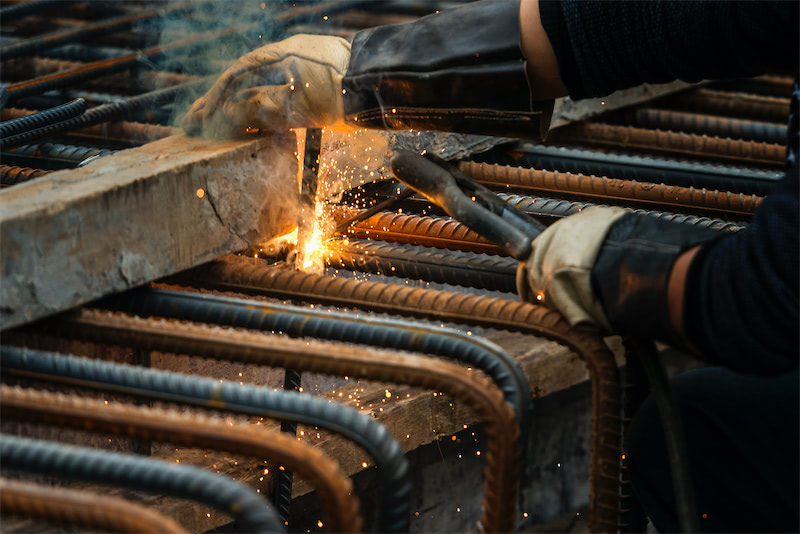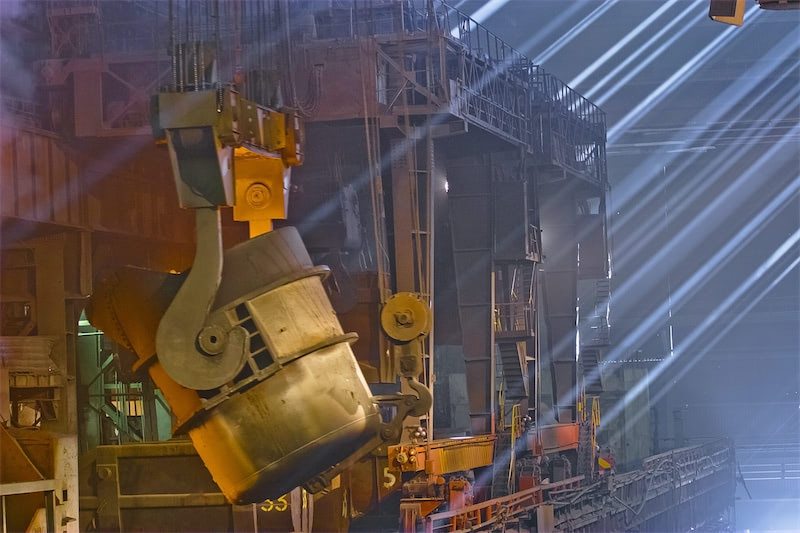






The U.S. decision to double Section 232 aluminium tariffs to 50% on June 4 (after sitting at 25% since mid-March) instantly reshaped cost curves and trade flows. Producers exporting into the U.S. saw margins squeezed despite a jump in the Midwest premium.
Revenue at Alcoa slid to about $3,018 billion, down roughly 10% from Q1, while net income fell to $164 million from $548 million a year earlier (though still above Q1’s $20 million). Adjusted EBITDA collapsed to $313 million versus roughly $855 million in the prior-year quarter, pressured by lower realised prices and rising costs. Tariffs delivered the most dramatic shock: $115 million in Q2 duties on Canadian imports versus just $20 million in Q1. The Midwest premium rose, but not enough to neutralise a 50% levy. Management responded by redirecting Canadian metal to Europe and Asia, lobbying Washington for tariff relief, freezing high-cost restarts, selling non-core assets (including a Saudi JV stake), and tightening operations to preserve cash.
Rio Tinto—shipping about three-quarters of Canada’s aluminium output to the U.S.—absorbed more than $321 million in tariff costs in the first half of 2025. Roughly 723,000 tonnes headed south, magnifying the impact of the duty spike. Executives called the policy “market-distorting,” claiming it burdens U.S. buyers without making domestic producers more competitive. Midwest premiums surged to a record $0.66/lb by late Q2, enabling partial pass-through but still leaving a profitability gap. The company is pushing more volume to Europe and Asia, accepting longer transit times and higher freight costs. Inside the U.S., price hikes are calibrated to share pain without strangling demand. Policy uncertainty is forcing Rio Tinto to reassess capital deployment stateside, with more detail expected in its upcoming half-year report.
Norsk Hydro, less exposed to direct U.S. tariffs, delivered a strong quarter instead: adjusted EBITDA hit NOK 7.79 billion, up 33.4% year-on-year, thanks to higher aluminium and power prices plus efficiency gains. Net profit also rose. Still, management acknowledged the wider ripple effects of U.S. trade policy. Tightened North American supply and higher regional premiums offered a short-term cushion for Western producers, and Hydro benefited as some orders swung back to domestic sources. North American extrusions demand was down 1% year-on-year but improved 5% from Q1, hinting at stabilisation. The company nonetheless warned that prolonged trade friction could choke global growth and weaken aluminium consumption.
To stay nimble, Hydro trimmed 2025 capex by NOK 1.5 billion (about $147.5 million), froze external white-collar hiring, and initiated restructuring that will cut over 100 jobs—mainly in Extrusions—to lower fixed costs. It is simultaneously positioning to seize opportunities from redirected trade flows, while keeping an eye on China’s surplus and readying supply-chain adjustments if policy turbulence escalates.
Several threads run through all three stories. Tariffs have become a blunt instrument, ratcheting costs faster than premiums can rise. Supply chains are being rewired at speed, adding logistics complexity and expense. Short-term “protection” via higher domestic pricing may help some, but the long-term worry is demand destruction if trade wars linger. Cost discipline is back at the centre of strategy—whether via asset sales, capex cuts, or headcount trims—and boardrooms are speaking out more forcefully against trade barriers they view as counterproductive.
The immediate outlook hinges on whether 50% tariffs persist, how far the Midwest premium can stretch, and whether producers can keep juggling markets without alienating customers. If relief doesn’t come, tariffs could become a permanent line item, prompting deeper structural changes in where aluminium is made and sold. For now, aluminium majors are improvising in real time—balancing price increases with demand risks, shifting tonnages across oceans, and lobbying for clarity—trying to carve out profitability in a policy environment where certainty is scarce.
For queries, please contact Lemon Zhao at lemonzhao@smm.cn
For more information on how to access our research reports, please email service.en@smm.cn

